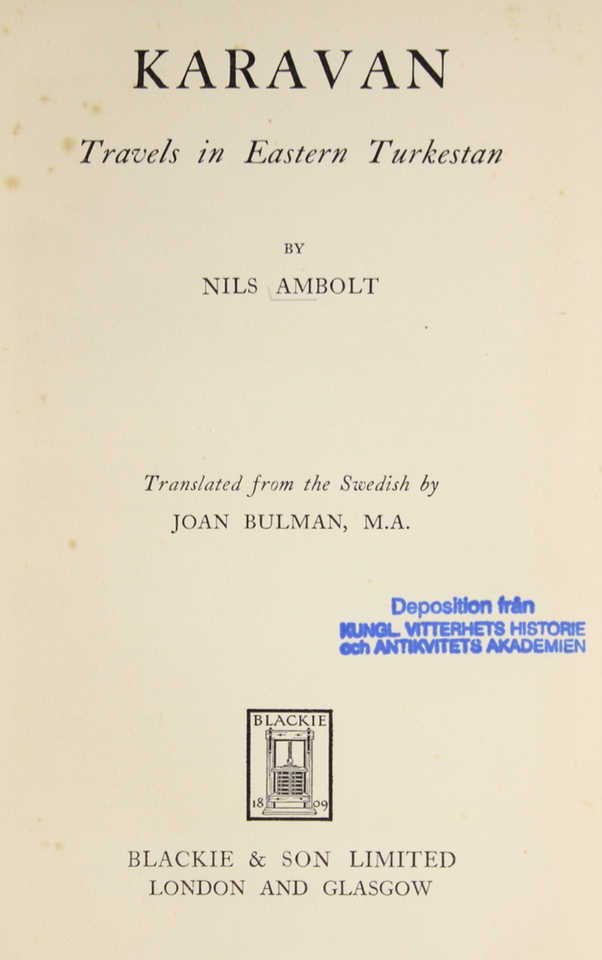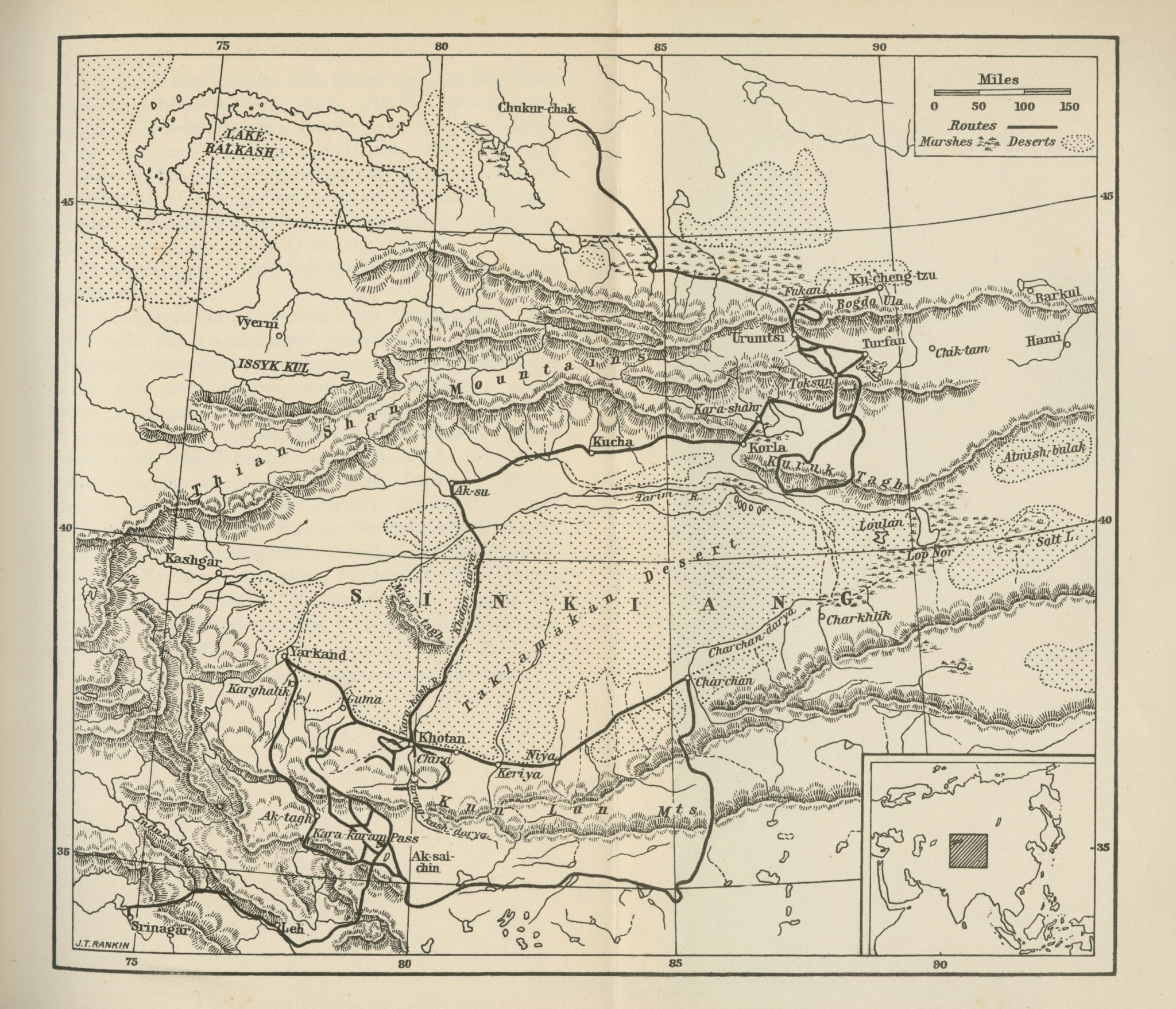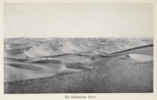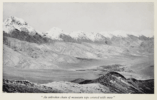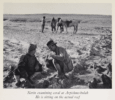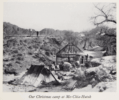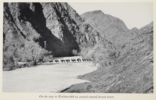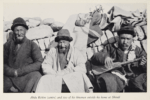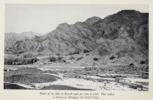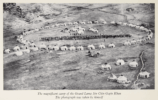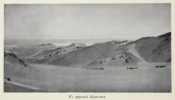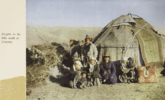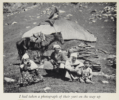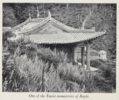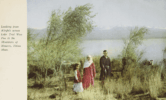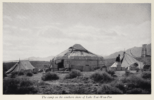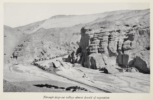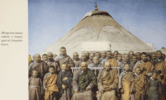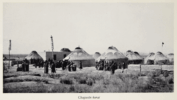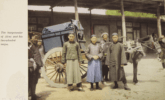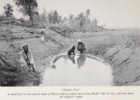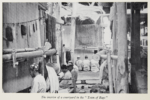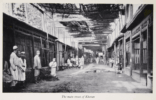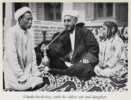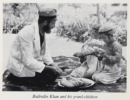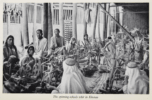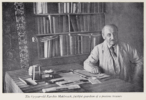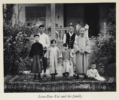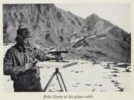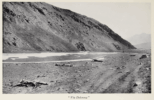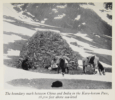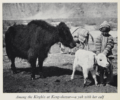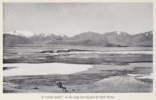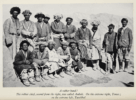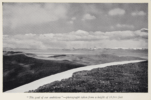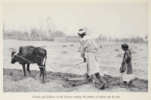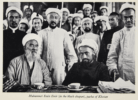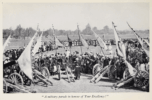Karavan: Travels in Eastern Turkestan
Nils Ambolt
Summary
In Karavan: Travels in Eastern Turkestan, Nils Ambolt writes about a five-year scientific expedition to Chinese Turkestan, 1928–1933, led by the famous explorer Dr. Sven Hedin. As an astronomer and geodesist Nils Ambolt traveled in the region together with the expedition’s chief geologist, Dr. Erik Norin carrying out field-work assignments such as pendulum observations and mappings. Throughout the volume one can find excerpts from Ambolt’s diary and photographs taken by himself and other members of the crew.
This volume was originally published in Swedish in 1935. Four years later, in 1939, it was published in English with a foreword by Dr. Sven Hedin.
.
Detailed account
In 1929, at the expedition’s headquarters in Urumchi, Sven Hedin introduces Nils Ambolt to the members of the expedition before leaving for Beijing. Ambolt thus joins a group consisting of the philosopher Su-Ping-Chang; the German soldier major Hempel; Dr. Haude, “master of the thermometers and barometers, professor of meteorology”; the anthropologist Henning Haslund; the archaeologist Folke Bergman (see Bergman, 1945); the paleontologist Yuan-Fu-Li; and the geologist, Erik Norin, who Ambolt describes as: “every inch the field geologist; the experienced and reliable colleague, the warm friend.” (p. 11)
In 1930 Nils Ambolt and Erik Norin travel to Kuruk-tagh (‘the Dry Hills’), where one of the expedition’s main stations is located at Kurban-chik (‘the Place of Sacrifice’, p. 22). Later on, Ambolt spends a month working in Bogdo hills – “at the most beautiful part of all Sinkiang” (p. 58). In Kucha Ambolt meets the burgomaster of Aksu and the Swedish doctor, Lovisa Engvall. As many travelers before him, his impressions of Engvall are very positive: “Miss Engvall is a magnificent representative of Sweden abroad, living a life of privation, absolutely alone, and devoting herself to the care of the sick.” (p. 86)
Crossing the Kara-shahr-darya, on the way to Ak-su, Ambolt gets some work done:
I mapped our route as we went, using the wheel of an araba as a measuring wheel and trying to make my records as accurate as possible. As far as the weather allowed, we fixed the position of every camping ground by astronomical location – we could not always see the stars, though we generally could. These were busy days, with little time for sleep. (p. 81)
Conducting field-work in Chinese Turkestan was not a simple task. Permissions to travel to different places, to take measurements and even photographs had to be renewed regularly and very often the authorities found reasons for denying requests made by the members of the expedition. The author frequently describes difficulties imposed particularly by the Governor-General of Sinkiang, Chin: “Who was to believe that our interest was purely scientific, without any political side-issues at all?” (p. 66) However diplomatic issues were often resolved with the help of the head of the expedition, Sven Hedin, whom most authorities knew and respected.
The author gives a brief account of the discoveries made by Sven Hedin at the Lop Nor lake, during his years as the student of the German geographer and philologist Ferdinand von Richthofen. Shiftings of Lop Nor had puzzled geographers for years: “Maps prepared at considerable intervals of time have shown it at widely different places.” After carefully studying the area and taking measures of the river beds, Sven Hedin could prove that the lake had changed positions and, furthermore, he could calculate when the phenomenon would repeat itself.
Ambolt’s caravan travels through the desert from Ak-su to Khotan. In Yarkand the author meets several of the Swedish Missionaries, who help him in his preparations for a journey to northern Tibet.
It was a pleasure to see these missionaries fighting for their high ideals – not on the doctrine that ‘the end justifies the means’, but on a quite different principle, which no one could fail to appreciate deeply, a principle which can best be expressed by the single, but comprehensive word, love. (pp. 119f.)
In February 1933, the Muslim revolution breaks out in Chinese Turkestan: “The Tungans had raised the standard of revolt, and the Turkis had made common cause with them.” (p. 158) Ambolt is at the town of Charchan where rumors are running wild and people are worried about what may come. Eventually troops arrive in Charchan and Ambolt fears that he might even get executed. However, things take another turn and Ambolt gets a permission to travel from Charchan to Khotan, which is the only road that the new authorities have left open.
In Khotan, Ambolt visits “the supreme authority, Muhammet Emin Emir, who held all the real power”. After several risky meetings with the new authorities in Chinese Turkestan, Ambolt discovers that he has “risen to the rank, honour and dignity of Excellency”. The Emir informs Ambolt that he hereby has free hands to conduct his work in Chinese Turkestan:
During the regime which preceded ours, Your Excellency has often had great and undeserved difficulties to contend with. The authorities have done their best through these last years to make your work, and that of your countryman, the brilliant geologist, Dr. Norin, and of other outstanding scientists, such as, for example, Dr. Stein, difficult or sometimes even impossible. We, who represent Hukumet Islamia Djemhuriet, the new Islam, are anxious to support your scientific work in every way. You have a free hand, do whatever you wish. (p.175)
On the very same occasion, the author receives a military parade in his honor: “Half an hour later I, the student from Lund, was standing on Khotan drill-ground saluting the troops as they marched past. Frantically recalling our own rigorous drills at Revingehed and Axvall, I assumed a dignified military bearing and stood stiffly to attention.” (p. 175) A photograph from the parade can be found next to p.176.
.
Comments
For a scientific account of the same expedition from an archaeologist’s point of view, read Travels and Archaeological Field-Work in Mongolia and Sinkiang: A Diary of the Years 1927-1934 (1945) by Folke Bergman.
.
Azize Güneş
